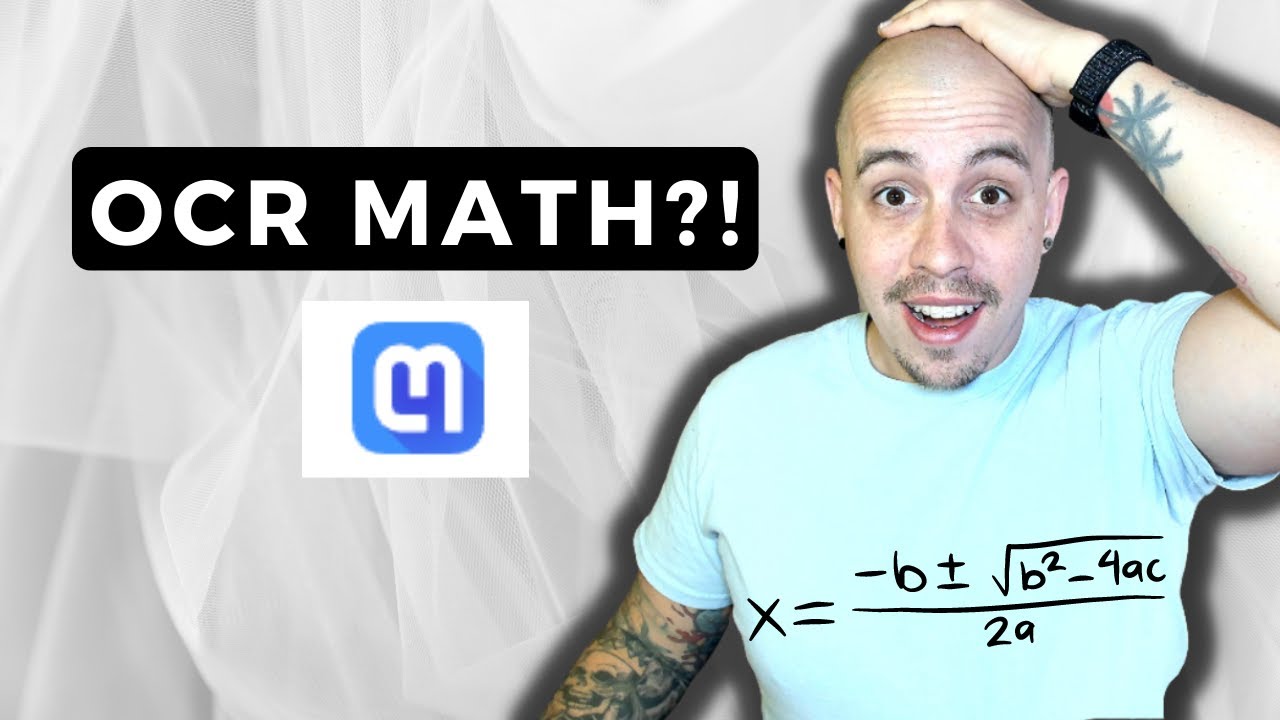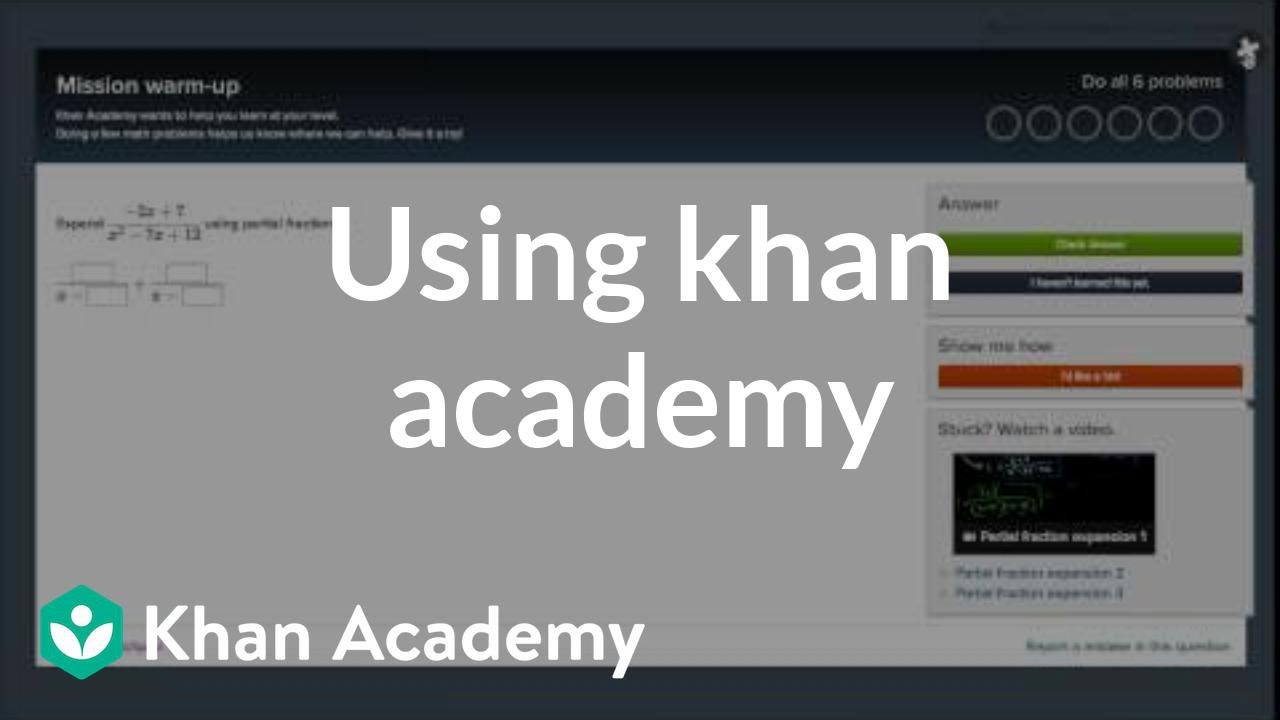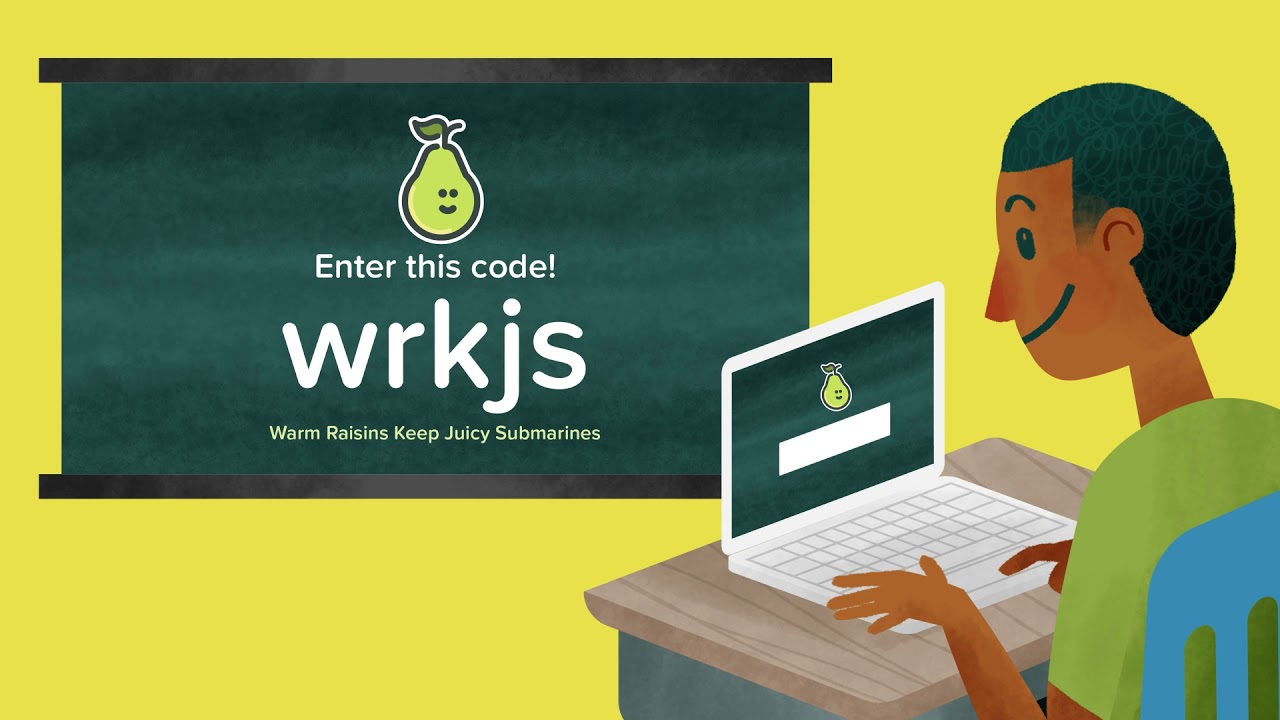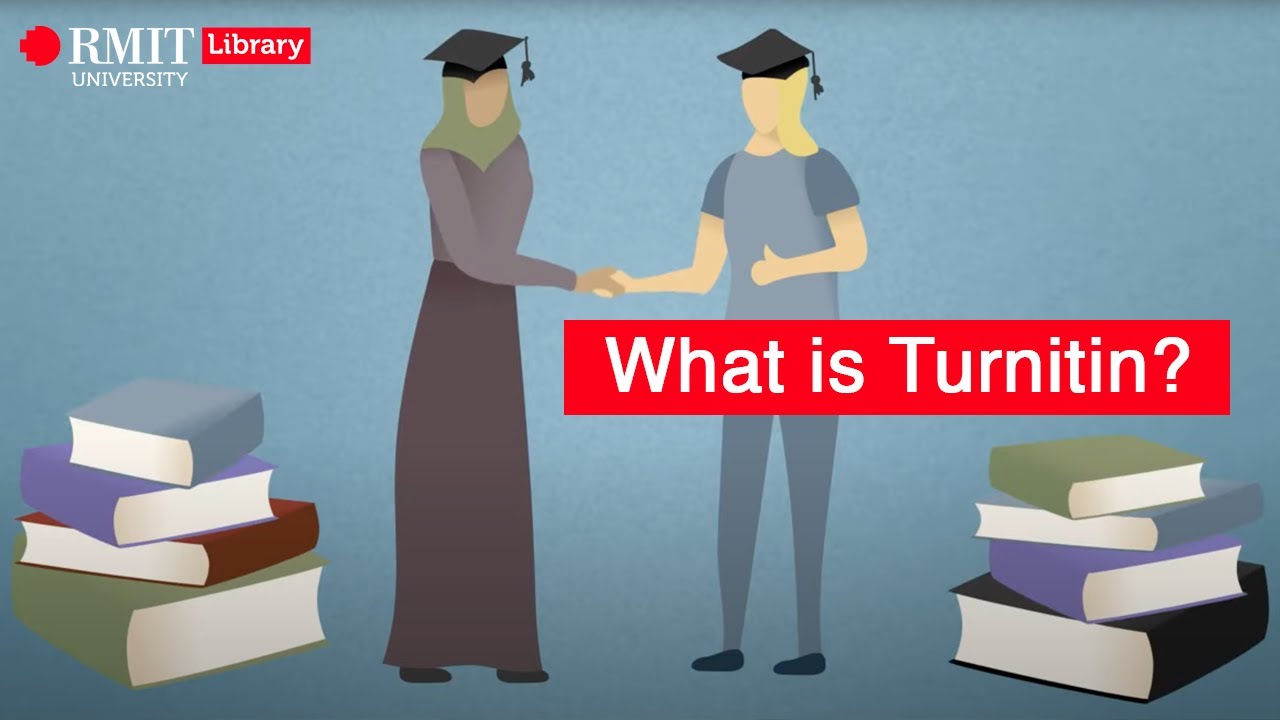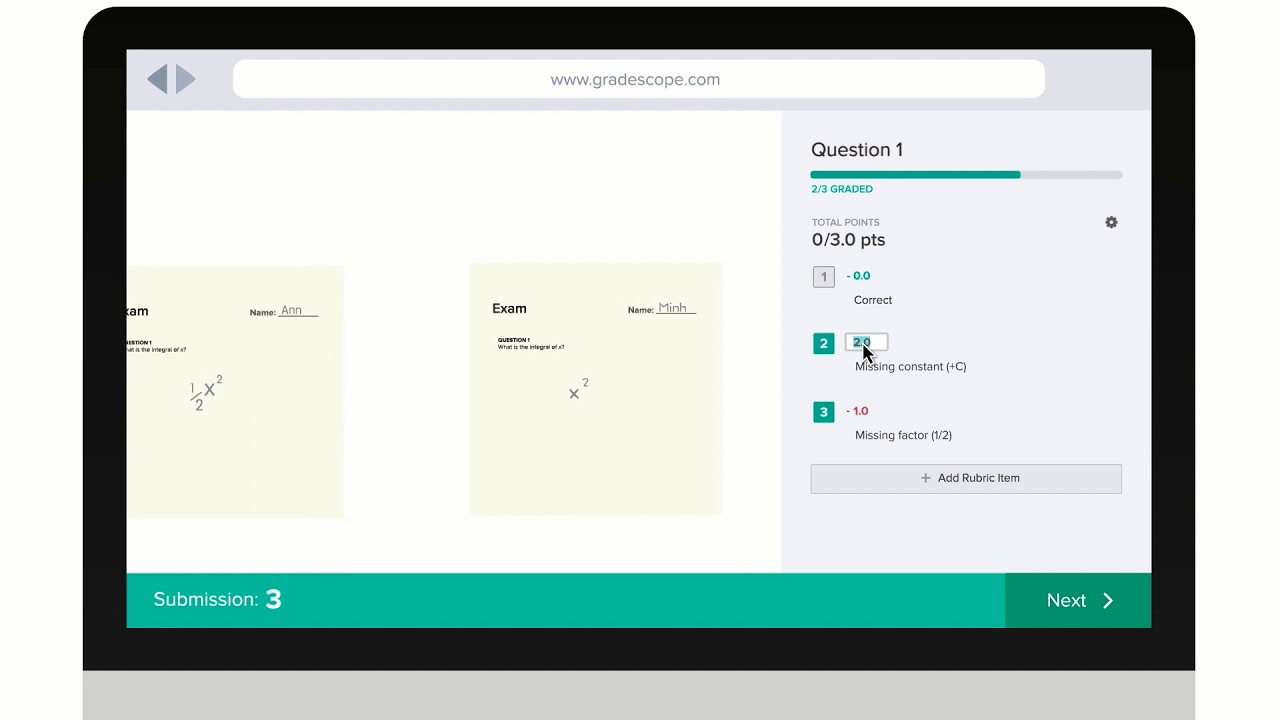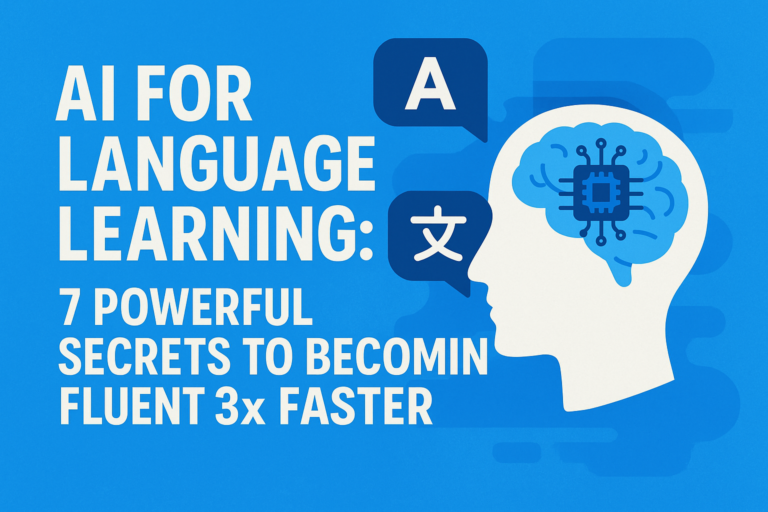The Hidden Crisis in Our Classrooms
Every evening, across millions of homes worldwide, teachers sit hunched over stacks of papers, red pens in hand, eyes straining under dim lamplight. The clock ticks past midnight as they grade assignment after assignment, sacrificing sleep, family time, and their own well-being for their students’ success.
This isn’t just dedication—it’s a systemic crisis that’s bleeding our education system dry. The solution? AI for teachers—a revolutionary approach that’s transforming how educators manage their workload while enhancing student outcomes.
The National Education Association’s latest research reveals a staggering truth: educators spend an average of 16 hours per week on grading alone. That’s more than a full additional workday dedicated solely to assessment. When you factor in lesson planning, administrative tasks, parent communications, and professional development, the average teacher works 53 hours per week—far exceeding the standard 40-hour work week.
But here’s the most troubling part: this relentless administrative burden is stealing time from what teachers do best—actually teaching. The result? Burned-out educators, declining job satisfaction, and ultimately, students who aren’t receiving the quality education they deserve.
The Ripple Effect: How Administrative Overload Impacts Everyone
The Teacher’s Struggle

Sarah Martinez, a high school English teacher from Phoenix, shares her reality: “I spend three hours every evening grading essays. By the time I’m done, I’m too exhausted to create engaging lessons or provide meaningful feedback. I feel like I’m failing my students, but I simply don’t have enough hours in the day.”
Sarah’s experience isn’t unique. Research from the RAND Corporation shows that 78% of teachers report feeling overwhelmed by their workload, with grading being the single largest contributor to stress and burnout. The consequences are severe:
- Teacher Retention Crisis: 44% of teachers leave the profession within their first five years
- Quality Decline: Rushed grading leads to less meaningful feedback for students
- Innovation Stagnation: No time for creative lesson planning or new teaching methods
- Personal Cost: Increased stress, health issues, and work-life imbalance
The Student Impact
When teachers are overwhelmed, students suffer too. Delayed feedback means missed learning opportunities. Generic comments replace personalized guidance. The vibrant, engaging classrooms we all remember become increasingly rare as educators struggle just to keep up with basic requirements.
The AI for Teachers Revolution: From Science Fiction to Classroom Reality
Artificial Intelligence isn’t just changing how we shop online or navigate traffic—it’s quietly revolutionizing education through specialized AI for teachers solutions. What once seemed like science fiction is now a practical reality, offering educators powerful tools to reclaim their time and enhance their impact.
Understanding AI for Teachers
AI for teachers isn’t about replacing educators—it’s about amplifying their capabilities. Think of AI for teachers as having a tireless teaching assistant that never sleeps, never complains, and can process information at superhuman speeds. These AI for teachers systems can:
- Analyze patterns in student work to identify common mistakes
- Provide instant feedback on objective assessments
- Adapt to individual learning styles and pace
- Predict potential learning difficulties before they become major problems
- Generate personalized learning pathways for each student
The Evolution of Educational Technology
We’ve come a long way from the simple computer labs of the 1980s. Today’s AI-powered educational tools represent the culmination of decades of research in machine learning, natural language processing, and educational psychology.
The progression has been remarkable:
- 1980s-1990s: Basic computer-assisted instruction
- 2000s: Online learning platforms and digital content
- 2010s: Adaptive learning systems and data analytics
- 2020s: AI-powered personalization and automated assessment
The Strategic AI for Teachers Toolkit: Your Digital Arsenal
The landscape of AI for teachers has evolved dramatically, offering comprehensive solutions for every aspect of educational assessment and instruction. These AI for teachers tools represent the culmination of decades of research in machine learning, natural language processing, and educational psychology.
Comprehensive Grading Solutions
AutoGrader Pro stands as the gold standard for AI for teachers in automated essay evaluation. This sophisticated AI for teachers platform uses advanced natural language processing to evaluate student work across multiple dimensions:
- Content Analysis: Evaluates argument strength, evidence quality, and logical flow
- Writing Mechanics: Checks grammar, syntax, and style consistency
- Rubric Alignment: Customizable scoring based on your specific criteria
- Plagiarism Detection: Integrated originality checking
- Feedback Generation: Provides detailed, constructive comments
The system learns from your grading patterns, becoming more aligned with your teaching style over time. Teachers using this AI for teachers solution report 95% satisfaction with the accuracy of AutoGrader Pro’s assessments after proper calibration.
Mathpix revolutionizes mathematics assessment as a leading AI for teachers tool by recognizing and evaluating handwritten equations, graphs, and mathematical expressions. This AI for teachers solution offers key features including:
- Handwriting Recognition: Accurately interprets student work regardless of writing style
- Step-by-Step Analysis: Identifies exactly where students make errors
- Multiple Solution Paths: Recognizes different valid approaches to problems
- Immediate Feedback: Provides instant results for formative assessment
Interactive Learning Platforms
Khan Academy has evolved far beyond its original video library into a comprehensive AI for teachers learning ecosystem. This AI for teachers platform includes:
- Personalized Learning Dashboard: Adapts to each student’s pace and learning style
- Mastery-Based Progression: Students advance only after demonstrating understanding
- Real-Time Analytics: Teachers receive detailed insights into student progress
- Differentiated Practice: Automatically generates problems at appropriate difficulty levels
Pear Deck transforms traditional presentations into interactive experiences through AI for teachers technology:
- Live Polling: Instant feedback on student understanding
- Anonymous Responses: Encourages participation from shy students
- Automatic Assessment: Grades responses in real-time
- Engagement Analytics: Tracks student participation and attention
Specialized Subject Tools
Turnitin goes beyond plagiarism detection to offer comprehensive writing assessment:
- Originality Reports: Detailed analysis of source attribution
- Grammar and Style Feedback: Suggestions for improvement
- Writing Analytics: Tracks writing development over time
Gradescope streamlines grading for STEM subjects:
- Flexible Rubrics: Customizable scoring criteria
- Batch Processing: Grade multiple assignments simultaneously
- Statistical Analysis: Identifies trends and patterns in student performance
The Numbers Don’t Lie: Quantifying the Impact
Time Savings Analysis
Let’s break down the real-world impact with concrete numbers:
Traditional Grading Scenario:
- 30 students per class
- 5 classes per day
- 1 major assignment per week
- 10 minutes per assignment for objective questions
- 20 minutes per assignment for essay questions
- Total weekly grading time: 37.5 hours
AI for Teachers-Enhanced Grading Scenario:
- Same 150 students and assignments
- 2 minutes per assignment for AI for teachers objective question grading
- 5 minutes per assignment for AI for teachers essay review assistance
- Total weekly grading time: 8.75 hours
Result: 28.75 hours saved per week—equivalent to a full additional workday through AI for teachers implementation
ROI Calculations
The financial benefits extend beyond time savings:
Cost of Teacher Burnout:
- Average cost to replace a teacher: $18,000-$30,000
- Training time for new teachers: 6-12 months
- Student achievement impact: 2-3 months of learning loss
Investment in AI for Teachers Tools:
- Average cost per teacher: $500-$2,000 annually
- Implementation time: 2-4 weeks
- Productivity gain: 30-50% reduction in grading time
The return on investment is clear: preventing just one teacher from leaving due to burnout pays for AI for teachers tools across an entire department.
The AI for Teachers Implementation Blueprint: Your Step-by-Step Guide
Successfully implementing AI for teachers requires a strategic approach that balances technological integration with pedagogical best practices. This comprehensive AI for teachers implementation guide will walk you through each phase of adoption.
Phase 1: Assessment and Planning (Weeks 1-2)
Step 1: Audit Your Current Workflow
- Track how you currently spend your time
- Identify the most time-consuming grading tasks
- Assess your technical comfort level
- Evaluate your school’s technology infrastructure
Step 2: Set Clear Objectives
- Define what success looks like for your implementation
- Establish measurable goals (e.g., reduce grading time by 50%)
- Identify key stakeholders and get their buy-in
- Create a realistic timeline
Step 3: Choose Your AI for Teachers Tools
- Research AI for teachers options that align with your subjects and teaching style
- Consider budget constraints and school policies
- Look for AI for teachers tools that integrate with your existing systems
- Read reviews and case studies from similar educators using AI for teachers
Phase 2: Tool Selection and Setup (Weeks 3-4)
Step 4: Start Small with AI for Teachers
- Begin with one class or one type of assignment
- Choose an AI for teachers tool that addresses your biggest pain point
- Set up basic configurations and preferences
- Create sample assignments to test the AI for teachers system
Step 5: Calibration and Training
- Input examples of your previous grading
- Adjust settings to match your rubrics and expectations
- Train the AI with diverse examples of student work
- Fine-tune feedback templates and scoring criteria
Phase 3: Gradual Integration (Weeks 5-8)
Step 6: Pilot AI for Teachers Implementation
- Use AI for teachers tools for low-stakes assignments first
- Monitor results closely and make adjustments
- Gather feedback from students about the new AI for teachers approach
- Document challenges and solutions
Step 7: Scale Up AI for Teachers Usage
- Gradually expand AI for teachers tools to more classes and assignment types
- Develop workflows that combine AI for teachers efficiency with human insight
- Create systems for reviewing and overriding AI for teachers decisions when necessary
- Train colleagues who express interest in AI for teachers
Phase 4: Optimization and Expansion (Weeks 9-12)
Step 8: Refine and Improve
- Analyze usage data and student outcomes
- Adjust settings based on accumulated experience
- Expand to additional subjects or more complex assignments
- Develop best practices documentation
Step 9: Share and Collaborate on AI for Teachers
- Present AI for teachers results to administrators and colleagues
- Contribute to professional development discussions about AI for teachers
- Mentor other teachers in AI for teachers implementation
- Participate in AI for teachers educational technology communities
Advanced AI for Teachers Strategies: Taking Technology to the Next Level
As you become more comfortable with basic AI for teachers implementation, these advanced strategies will help you maximize the potential of artificial intelligence in your classroom.
Predictive Analytics for Student Success
Modern AI for teachers systems can analyze patterns in student work to predict potential challenges before they become major problems. These AI for teachers predictive analytics examine factors like:
- Submission timing patterns
- Question-specific error rates
- Engagement metrics
- Assignment completion rates
Teachers can intervene proactively using AI for teachers insights, providing additional support to students who need it most.
Adaptive Learning Pathways Through AI for Teachers
AI for teachers can create personalized learning journeys for each student through:
- Diagnostic Assessments: Identify knowledge gaps and learning preferences
- Dynamic Content Delivery: Adjust difficulty and pacing in real-time
- Remediation Strategies: Provide targeted practice for struggling concepts
- Enrichment Opportunities: Challenge advanced students with extension activities
Automated Feedback Systems with AI for Teachers
Sophisticated AI for teachers platforms can provide detailed, constructive feedback that rivals human assessment:
- Content-Specific Comments: Tailored feedback based on subject matter
- Growth-Oriented Language: Encourages improvement rather than just pointing out errors
- Actionable Suggestions: Specific steps students can take to improve
- Progress Tracking: Shows improvement over time
Measuring Success: Key Performance Indicators
Primary Metrics
Efficiency Indicators:
- Grading Time Reduction: Percentage decrease in time spent grading
- Assignment Turnaround: Time from submission to feedback delivery
- Batch Processing Capability: Number of assignments processed simultaneously
Quality Indicators:
- Feedback Consistency: Standardization of grading criteria application
- Student Satisfaction: Surveys about feedback quality and timeliness
- Learning Outcomes: Improvement in student performance and engagement
Wellness Indicators:
- Work-Life Balance: Reduced evening and weekend grading
- Job Satisfaction: Increased time for creative and meaningful work
- Stress Levels: Decreased burnout and improved mental health
Advanced Analytics
Student Progress Tracking:
- Individual learning trajectories
- Skill development over time
- Intervention effectiveness
Curriculum Effectiveness:
- Assignment difficulty calibration
- Learning objective achievement rates
- Knowledge retention analysis
Strategic Applications Across Educational Contexts
K-12 Education
Elementary Schools: Focus on basic skill development and engagement
- Automated spelling and grammar checking
- Interactive storytelling with AI characters
- Personalized math practice generators
Middle Schools: Transition to more complex analysis and critical thinking
- Essay structure evaluation
- Science lab report assessment
- Historical document analysis tools
High Schools: Preparation for college and career readiness
- AP exam preparation with AI tutoring
- College essay feedback systems
- Career pathway recommendations
Higher Education
Universities: Advanced research and specialized instruction
- Thesis and dissertation feedback
- Research paper plagiarism detection
- Peer review facilitation
Community Colleges: Diverse learner support and skill development
- Remedial education personalization
- Career training assessment
- Adult learner accommodation
Professional Development
Corporate Training: Scalable skill development
- Certification program management
- Performance evaluation automation
- Competency gap analysis
Medical Education: Specialized assessment needs
- Case study evaluation
- Diagnostic skill development
- Continuing education tracking
Avoiding Common Pitfalls: Lessons from the Field
Ethical Considerations
Bias Prevention:
- Regularly audit AI decisions for fairness
- Ensure diverse training data representation
- Monitor outcomes across different student populations
- Maintain human oversight for high-stakes decisions
Privacy Protection:
- Understand data collection and storage policies
- Ensure compliance with FERPA and other regulations
- Implement proper security measures
- Educate students about data usage
Transparency:
- Clearly communicate AI use to students and parents
- Explain how AI-generated grades are determined
- Provide options for human review when requested
- Maintain academic integrity standards
Technical Challenges
Integration Issues:
- Ensure compatibility with existing systems
- Plan for adequate technical support
- Prepare for potential downtime or glitches
- Have backup grading procedures ready
Training Requirements:
- Invest time in proper tool setup and calibration
- Provide ongoing professional development
- Create support networks among staff
- Document best practices and troubleshooting guides
Pedagogical Balance
Maintaining Human Connection:
- Reserve complex feedback for personal attention
- Use AI insights to inform teaching decisions
- Preserve opportunities for meaningful student interaction
- Balance efficiency with relationship building
Educational Philosophy:
- Ensure AI use aligns with learning objectives
- Maintain focus on critical thinking and creativity
- Preserve opportunities for authentic assessment
- Consider the role of struggle in learning
Building Sustainable Systems
Creating Feedback Loops
Continuous Improvement:
- Regularly review AI-generated assessments
- Adjust settings based on student outcomes
- Incorporate teacher observations and insights
- Update training data with new examples
Student Input:
- Survey students about AI feedback quality
- Gather suggestions for improvement
- Monitor engagement and motivation levels
- Adjust approaches based on learner needs
Scaling Across Organizations
Institutional Implementation:
- Develop school-wide policies and procedures
- Provide comprehensive training programs
- Create technical support systems
- Establish evaluation and improvement processes
District-Wide Adoption:
- Standardize tool selection and implementation
- Share best practices across schools
- Coordinate professional development efforts
- Monitor outcomes and make data-driven decisions
The Future of AI in Education
Emerging Technologies
Advanced Natural Language Processing:
- More sophisticated writing evaluation
- Multi-language support and translation
- Conversational AI tutoring systems
- Voice-based assessment tools
Computer Vision Applications:
- Handwriting recognition improvements
- Visual problem-solving assessment
- Art and design evaluation
- Laboratory technique analysis
Adaptive Intelligence:
- Real-time learning style adaptation
- Emotional intelligence integration
- Collaborative learning facilitation
- Creative thinking assessment
Preparing for Tomorrow
Professional Development:
- Stay current with AI advances
- Participate in educational technology conferences
- Join professional learning communities
- Engage in ongoing research and experimentation
Infrastructure Planning:
- Invest in robust technical systems
- Develop data management capabilities
- Create flexible implementation frameworks
- Build change management capacity
Conclusion: Embracing the AI Advantage
The integration of AI for teachers represents more than just a technological upgrade—it’s a fundamental shift toward more efficient, effective, and humane teaching practices. By automating routine tasks, AI for teachers frees educators to focus on what they do best: inspiring, guiding, and mentoring students.
The evidence is clear: teachers who embrace AI for teachers tools report higher job satisfaction, better work-life balance, and improved student outcomes. They spend less time on administrative tasks and more time on creative lesson planning, individualized instruction, and meaningful student interactions.
As we look to the future, the question isn’t whether AI for teachers will transform education—it’s whether we’ll embrace this transformation proactively or be forced to adapt reactively. The schools and teachers who begin their AI for teachers journey now will be the ones who shape the future of learning.
The technology is ready. The AI for teachers tools are available. The only question that remains is: Are you ready to revolutionize your teaching practice?
Take Action Today with AI for Teachers
Immediate Steps:
- Assess your current grading workload and identify time-consuming tasks
- Research AI for teachers tools that align with your subject area and teaching style
- Start small with one class or assignment type using AI for teachers
- Connect with other educators who have implemented AI for teachers solutions
- Set realistic goals for AI for teachers implementation and measure progress
Long-Term Planning for AI for Teachers:
- Develop a comprehensive AI for teachers integration strategy
- Build relationships with technology support staff
- Invest in ongoing AI for teachers professional development
- Create systems for sharing AI for teachers best practices
The future of education is here, and it’s powered by AI for teachers. The question isn’t whether you can afford to adopt these AI for teachers tools—it’s whether you can afford not to.
Frequently Asked Questions
Q: How accurate are AI for teachers grading tools compared to human graders?
Modern AI for teachers grading tools achieve remarkable accuracy rates, often exceeding 90% agreement with human graders for well-structured assignments. However, accuracy depends heavily on proper calibration and training. For objective questions (multiple choice, fill-in-the-blank), AI for teachers tools can achieve near-perfect accuracy. For subjective assignments like essays, AI for teachers tools are most effective when combined with human oversight for complex analytical tasks.
The key is understanding that AI for teachers tools are designed to handle routine grading tasks, freeing teachers to focus on higher-level feedback and instruction. They excel at identifying common errors, checking for plagiarism, and providing consistent application of rubrics.
Q: Can AI for teachers tools adapt to different subjects and teaching styles?
Yes, modern AI for teachers tools are highly adaptable. Most AI for teachers platforms offer subject-specific templates and can be customized for various disciplines. For example:
- Language Arts: AI for teachers provides grammar checking, essay structure analysis, creative writing evaluation
- Mathematics: AI for teachers offers step-by-step problem solving, equation recognition, graph interpretation
- Science: AI for teachers includes lab report assessment, data analysis, scientific reasoning evaluation
- Social Studies: AI for teachers features source analysis, argumentative essay grading, historical thinking skills
The customization process typically involves training the AI for teachers system with examples of your previous grading, setting up rubrics that match your standards, and adjusting feedback templates to reflect your teaching style.
Q: What’s the cost of implementing AI for teachers tools?
Costs vary significantly based on the AI for teachers tools chosen and the scale of implementation:
Individual Teacher Level:
- Free tiers: Many AI for teachers tools offer basic versions at no cost
- Professional plans: $10-50 per month for individual teachers using AI for teachers
- Premium features: $100-500 annually for advanced AI for teachers capabilities
School-Wide Implementation:
- Site licenses: $1,000-10,000 annually depending on school size
- Professional development: $2,000-5,000 for comprehensive AI for teachers training
- Technical support: $500-2,000 annually
Cost-Benefit Analysis: The AI for teachers investment typically pays for itself through:
- Reduced teacher turnover (saving $18,000-30,000 per replacement)
- Increased productivity (equivalent to 10-15 hours per week)
- Improved student outcomes (measurable learning gains)
Q: How do I address concerns about AI for teachers replacing human educators?
This is a common concern that deserves a thoughtful response. AI for teachers tools are designed to augment human capabilities, not replace them. Here’s how to frame this discussion:
What AI for Teachers Can Do:
- Process large volumes of routine assessments
- Identify patterns and trends in student work
- Provide consistent application of grading rubrics
- Offer immediate feedback on objective questions
What Only Teachers Can Do:
- Provide emotional support and mentorship
- Understand individual student needs and contexts
- Make complex instructional decisions
- Foster creativity and critical thinking
- Build relationships and inspire learning
The goal of AI for teachers is to free educators from time-consuming administrative tasks so they can focus on the uniquely human aspects of education that make the greatest impact on student lives.
Q: How do I ensure student privacy and data security with AI for teachers?
Data protection is crucial when implementing AI for teachers tools. Here are essential considerations:
Due Diligence:
- Review privacy policies and terms of service carefully for AI for teachers platforms
- Ensure compliance with FERPA and local regulations
- Verify data encryption and security measures
- Understand data retention and deletion policies
Best Practices:
- Use school-approved AI for teachers tools whenever possible
- Avoid uploading sensitive personal information
- Implement proper access controls and permissions
- Regularly audit AI for teachers data usage and storage
Student and Parent Communication:
- Clearly explain how AI for teachers tools are used
- Provide opt-out options when appropriate
- Maintain transparency about data collection
- Address concerns promptly and thoroughly
Q: What if the AI for teachers tools make mistakes in grading?
AI for teachers tools are powerful but not infallible. Here’s how to handle errors:
Prevention Strategies:
- Properly calibrate AI for teachers tools with diverse examples
- Regularly review and adjust AI for teachers settings
- Maintain human oversight for complex assessments
- Use AI for teachers for appropriate tasks (objective vs. subjective)
Error Management:
- Implement review processes for high-stakes assessments
- Provide easy mechanisms for students to request human review
- Document common error patterns and adjust AI for teachers training
- Maintain final authority over all grades
Communication:
- Explain the role of AI for teachers in grading to students
- Encourage students to seek clarification when needed
- Be transparent about the review process
- Use errors as learning opportunities for system improvement review and adjust AI settings
- Maintain human oversight for complex assessments
- Use AI for appropriate tasks (objective vs. subjective)
Error Management:
- Implement review processes for high-stakes assessments
- Provide easy mechanisms for students to request human review
- Document common error patterns and adjust training
- Maintain final authority over all grades
Communication:
- Explain the role of AI in grading to students
- Encourage students to seek clarification when needed
- Be transparent about the review process
- Use errors as learning opportunities for system improvement
Q: How do I get started if I’m not tech-savvy?
Technology comfort varies among educators, but AI tools are designed to be user-friendly. Here’s a beginner-friendly approach:
Start Simple:
- Choose tools with intuitive interfaces
- Begin with basic features before exploring advanced options
- Focus on one tool at a time
- Use free trials to test functionality
Seek Support:
- Connect with tech-savvy colleagues
- Attend professional development sessions
- Join online communities and forums
- Utilize vendor support resources
Gradual Implementation:
- Start with low-stakes assignments
- Practice with sample data before using with real students
- Build confidence through small successes
- Expand usage as comfort level increases
Remember: you don’t need to become a technology expert to benefit from AI tools. Focus on how they can solve your specific challenges rather than trying to master every feature.


